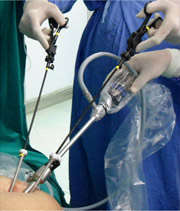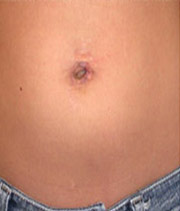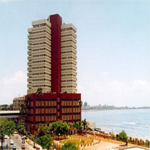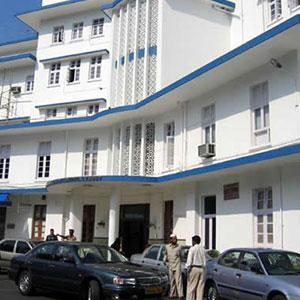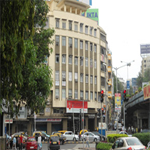Laparoscopic surgery for treating diseases of the small bowel is performed through three cuts – a 1cm cut at the navel and two 5mm cuts in the lower abdomen. The surgeon passes tubes called “ports” through these small cuts. A telescope is introduced through one of them and two instruments through the other ports. It is possible to carefully examine whole of the small bowel loop by loop and identify the site of the problem. The incision near the navel is then extended to bring out the diseased segment of small bowel, excise it and join the ends back together. The small bowel is then placed back in the abdomen and the incisions are closed.
In a single incision laparoscopic surgery (SILS), the surgeon makes only one incision inside the navel and places all three cannulas or tubes through this. The entire small bowel is traced as described above and the diseased portion is brought out and excised in a similar manner.
|
|
|
Those who are very obese,
Those who have an acute intestinal obstruction and gross distention of small bowel reducing the working space inside the abdomen
Those who have had multiple previous abdominal operations and
Traditional laparoscopic surgery, of course, can be offered to all these groups of patients.
Shorter hospital stay
Shorter recovery time
Faster return to normal diet
Faster return to work or normal activity
Better cosmetic healing (an almost invisible scar)






